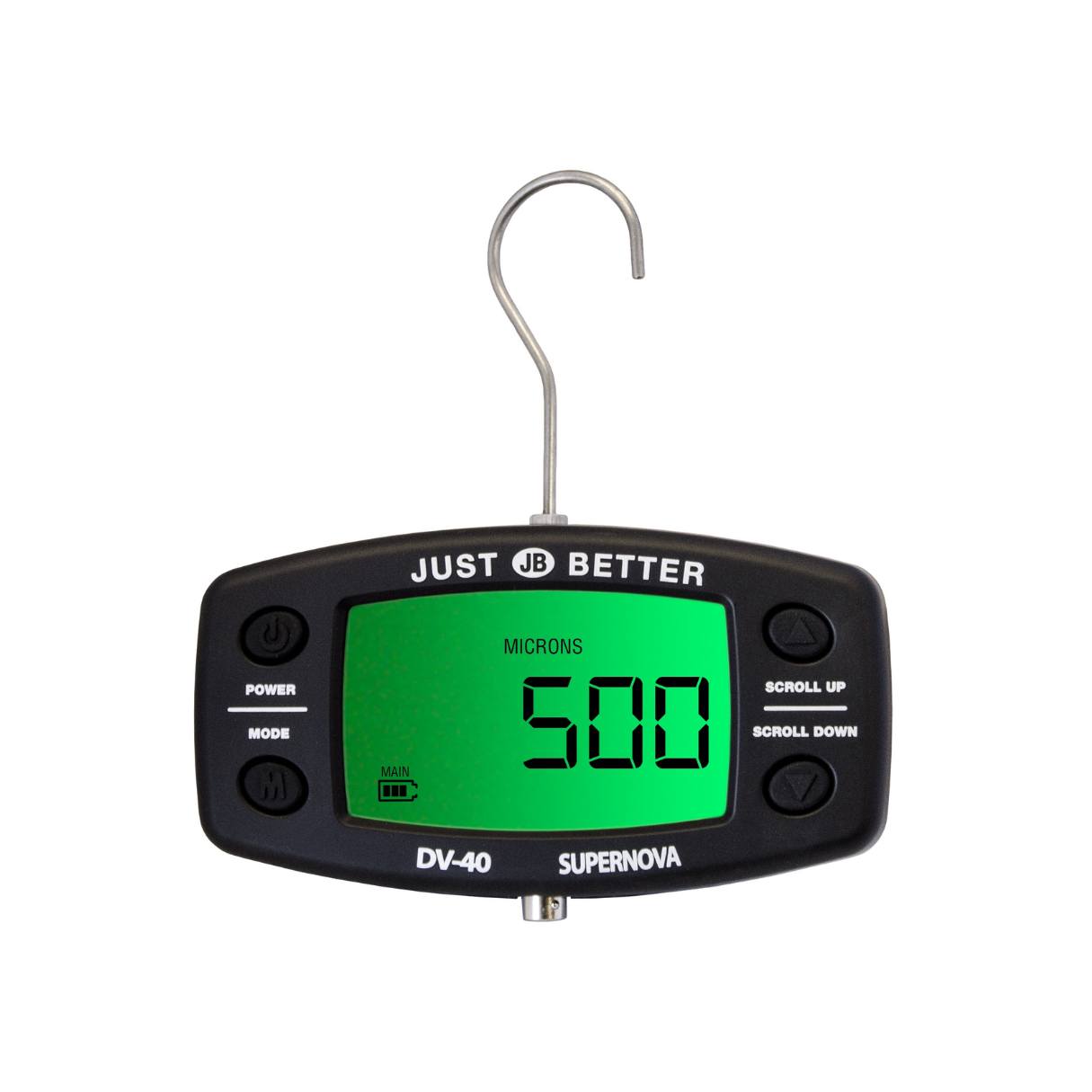

Articles
What Are Microns In HVAC
Modified: October 20, 2024
Discover the importance of microns in HVAC systems with our informative articles. Gain insight into how microns impact air quality and system performance.
(Many of the links in this article redirect to a specific reviewed product. Your purchase of these products through affiliate links helps to generate commission for Storables.com, at no extra cost. Learn more)
Introduction
Welcome to the world of HVAC (Heating, Ventilation, and Air Conditioning), where the comfort and well-being of individuals are prioritized. HVAC systems are designed to regulate temperature, control humidity, and improve air quality in residential, commercial, and industrial spaces. As we delve into the intricacies of HVAC systems, one important concept that deserves attention is microns.
Microns, also known as micrometer (µm), are units of measurement commonly used in HVAC to indicate the size of particles and contaminants present in the air. Understanding and controlling the number of microns in an HVAC system is crucial as it directly impacts the system’s performance, efficiency, and the quality of air being circulated.
In this article, we will explore the significance of microns in HVAC systems, discuss their measurement, and highlight their effects on HVAC performance. We will also delve into the various strategies employed to control microns in HVAC systems.
So, let’s dive into the world of microns and unravel their importance in the realm of HVAC.
Key Takeaways:
- Microns are crucial in HVAC, impacting filtration efficiency, indoor air quality, equipment longevity, and energy efficiency. Understanding and controlling microns is essential for optimal HVAC performance and occupant well-being.
- Effective micron control strategies, including proper filtration, mechanical air filters, UV-C germicidal lights, and maintenance, are vital for capturing and removing microns from HVAC systems. Implementing these strategies enhances air quality and system performance.
Read also: 8 Superior Micron Gauge HVAC For 2025
Definition of Microns
In the realm of HVAC, microns refer to the size of particles or contaminants present in the air. A micron is a unit of measurement equal to one-millionth of a meter or about 0.000039 inches. It is denoted by the symbol µm.
To put it into perspective, imagine dividing a single strand of human hair into approximately 100 microns. This demonstrates just how minuscule microns are and why they are an essential consideration in the HVAC industry.
Micron size is crucial because it determines the ability of HVAC systems to filter out contaminants and maintain optimal air quality. The smaller the micron size, the more efficient the filtration system needs to be to capture and remove these particles from the air.
Some common examples of particles and their approximate micron size are:
- Dust and pollen: 1-100 microns
- Bacteria and mold spores: 0.3-10 microns
- Smoke and combustion particles: 0.01-1 micron
- Virus particles: 0.005-0.3 microns
These examples demonstrate the diverse range of particle sizes that exist in the air, highlighting the importance of microns in assessing air quality and ensuring proper HVAC system performance.
Importance of Microns in HVAC Systems
Microns play a critical role in the proper functioning of HVAC systems. They are a key factor in maintaining indoor air quality, preventing equipment damage, and ensuring the health and comfort of occupants. Here are some of the reasons why microns are of utmost importance in HVAC systems:
- Filtration Efficiency: Microns help determine the filtration efficiency of HVAC systems. Different filters are designed to capture particles of varying sizes, measured in microns. By understanding the size of contaminants in the air, HVAC professionals can select appropriate filters that effectively remove these particles, improving the overall air quality.
- Health and Safety: Microns directly impact the health and safety of building occupants. Airborne particles, such as dust, pollen, mold spores, and bacteria, can cause respiratory issues, allergies, and other health problems. By controlling the number of microns in the air through proper filtration and ventilation, HVAC systems help create a healthy indoor environment.
- Equipment Protection: Microns also affect the longevity and performance of HVAC equipment. Small particles, such as dust and debris, can accumulate within HVAC components like coils and fans, reducing their efficiency and potentially leading to costly breakdowns. Proper filtration and regular maintenance help prevent this accumulation, ensuring optimal equipment performance and extending its lifespan.
- Energy Efficiency: Controlling microns in HVAC systems contributes to energy efficiency. When air filters are clogged with particles, the HVAC system need to work harder to push air through the system, resulting in increased energy consumption. By using filters with the appropriate micron rating, HVAC systems can operate at their optimal efficiency, reducing energy costs.
Overall, microns are instrumental in maintaining a healthy, safe, and efficient HVAC system. By understanding the size and quantity of microns present in the air, HVAC professionals can implement appropriate filtration strategies, protect equipment, and ensure the well-being of building occupants.
Measuring Microns in HVAC
Accurately measuring the size of particles in HVAC systems is essential for effective filtration and maintaining optimal air quality. There are several methods used to measure microns in HVAC, each with its own advantages and limitations. Here are some commonly used methods:
- Particle Counters: Particle counters are devices that measure the number and size distribution of particles in the air. These devices use light scattering or laser diffraction techniques to determine particle sizes. By passing air through the particle counter, it provides a real-time measurement of the number of particles present in different micron ranges. This information helps HVAC professionals assess the effectiveness of filtration systems.
- Filter Efficiency Ratings: Filters used in HVAC systems are assigned an efficiency rating, known as the Minimum Efficiency Reporting Value (MERV). MERV ratings range from 1 to 20, with higher ratings indicating better filtration efficiency. The MERV rating is based on the filter’s ability to capture particles of specific sizes, including microns. This rating system assists in selecting filters appropriate for the desired level of filtration in HVAC systems.
- Air Quality Testing: Air quality testing involves collecting air samples from different areas of a building and analyzing them for particle content. These samples are collected using specialized devices that capture particles onto filters or through impaction techniques. The collected samples are then sent to a laboratory for analysis, where technicians use microscopy or other techniques to determine particle sizes and identify any potential contaminants or allergens present.
It is important to note that while these methods provide valuable information about microns in HVAC systems, they may have limitations. For example, particle counters may not be able to accurately measure extremely small particles or differentiate between different types of particles. Similarly, air quality testing provides a comprehensive analysis but may be time-consuming and require professional laboratory equipment.
By employing a combination of these measurement methods, HVAC professionals can gain a comprehensive understanding of the microns present in an HVAC system. This information helps inform filtration strategies, maintenance schedules, and system improvements to ensure optimal air quality and performance.
When discussing microns in HVAC, it’s important to understand that a micron is a unit of measurement equal to one millionth of a meter. In HVAC, microns are often used to measure the size of particles that can be captured by air filters, with smaller microns indicating a higher level of filtration.
Effects of Microns on HVAC Performance
The presence of microns, whether large or small, can significantly impact the performance and efficiency of HVAC systems. Here are some key effects of microns on HVAC performance:
- Reduced Airflow: Microns, particularly larger particles like dust, can accumulate on HVAC filters and restrict airflow. When the flow of air is impeded, the system has to work harder to circulate air throughout the space, causing decreased efficiency and increased energy consumption.
- Poor Indoor Air Quality: Microscopic particles, such as allergens, bacteria, and mold spores, can negatively affect indoor air quality. Inhaling these particles can lead to respiratory issues, allergies, and other health problems. With an inadequate filtration system, microns can circulate freely in the air, compromising the health and comfort of occupants.
- Increased Wear and Tear: Microns that enter the HVAC system can settle on internal components such as coils, fans, and motors. Over time, this accumulation can lead to increased wear and tear on the equipment, reducing its efficiency and potentially causing breakdowns. Regular maintenance, including cleaning or replacing filters, is crucial for preventing excessive accumulation of microns and preserving the longevity of HVAC components.
- Elevated Energy Consumption: When microns are not adequately filtered from the air, the HVAC system needs to work harder to maintain the desired temperature and air quality. This increased workload results in higher energy consumption, leading to increased utility bills. By effectively filtering microns, the HVAC system can operate at optimal efficiency, reducing energy waste.
Additionally, microns can also affect the overall lifespan of the HVAC system. Excessive accumulation of microns can lead to corrosion, clogging, and damage to sensitive components, causing premature wear and reducing the system’s lifespan.
It is crucial to understand the effects of microns on HVAC performance and take appropriate measures to mitigate their impact. Implementing proper filtration strategies, regular maintenance, and monitoring indoor air quality are key steps in ensuring optimal HVAC performance and the well-being of occupants.
Read more: How To Store Micron Pens
Micron Control Strategies in HVAC
Controlling microns in HVAC systems is essential for maintaining optimal air quality, enhancing system performance, and ensuring the well-being of occupants. Here are some effective strategies for micron control in HVAC:
- Proper Filtration: Selecting the right filters for HVAC systems is vital for micron control. High-efficiency filters with a higher MERV rating are designed to capture smaller particles, including microns. Filters should be regularly checked and replaced as needed to prevent clogging and maintain filtration efficiency.
- Mechanical Air Filters: Mechanical air filters, such as pleated filters and HEPA (High-Efficiency Particulate Air) filters, are effective in capturing microns. These filters utilize densely packed fibers or a combination of mechanical and electrostatic layers to trap particles, preventing them from circulating in the air.
- UV-C Germicidal Lights: Ultraviolet-C (UV-C) germicidal lights are used to control the growth of microorganisms, such as bacteria and mold spores in HVAC systems. UV-C lights emit short-wavelength ultraviolet radiation that disrupts the DNA of microorganisms, rendering them incapable of reproducing. By using UV-C lights, microns in the form of bacteria and mold spores can be effectively controlled.
- Air Cleaning Technologies: Various air cleaning technologies, such as electrostatic precipitators and ionizers, can help capture and remove microns from the air. Electrostatic precipitators use an electrical charge to attract particles and collect them on charged plates or collection cells. Ionizers release negative ions that attach to microns, causing them to cluster and fall out of the air.
- Proper HVAC System Maintenance: Regular maintenance of HVAC systems is crucial for microns control. This includes cleaning and inspecting components to remove any accumulated particles or debris. Additionally, keeping the system clean and free of dust and contaminants reduces the amount of microns circulating in the air.
- Controlling Indoor Sources: Minimizing the introduction of microns into the indoor environment is essential. Implementing strategies such as effective dust control, proper ventilation, and regular cleaning practices can significantly reduce the number of microns present in the air and contribute to better indoor air quality.
By combining these micron control strategies, HVAC systems can effectively filter, capture, and remove microns from the air, resulting in improved air quality and optimal system performance.
Conclusion
Microns play a crucial role in the world of HVAC systems. Understanding and controlling the number of microns in the air is essential for maintaining optimal air quality, maximizing system performance, and ensuring the health and comfort of occupants. With the variety of particles and contaminants present in the air, microns provide a metric to gauge their size and take appropriate measures for filtration and control.
By implementing effective micron control strategies, such as proper filtration, the use of mechanical air filters, UV-C germicidal lights, and other air cleaning technologies, HVAC professionals can ensure that microns are captured and removed from the air, preventing their circulation and potential adverse effects on indoor air quality.
Additionally, regular maintenance of HVAC systems, including cleaning and inspection, can help mitigate the accumulation of microns within system components, reducing wear and tear and enhancing overall system performance and longevity.
Controlling microns in the HVAC system not only improves air quality but also contributes to energy efficiency by reducing the strain on the system and preventing excessive energy consumption. This has a positive impact on both the environment and operational costs.
As the importance of indoor air quality becomes increasingly recognized, the significance of micron control in HVAC systems cannot be overstated. HVAC professionals, building owners, and occupants must work together to implement and maintain effective micron control strategies to ensure a healthy and comfortable indoor environment.
In conclusion, understanding microns, measuring their presence, and implementing appropriate micron control strategies are integral components of HVAC system management. By prioritizing micron control, we can enhance the performance, efficiency, and air quality of HVAC systems, ultimately improving the well-being of individuals and the spaces they inhabit.
Frequently Asked Questions about What Are Microns In HVAC
Was this page helpful?
At Storables.com, we guarantee accurate and reliable information. Our content, validated by Expert Board Contributors, is crafted following stringent Editorial Policies. We're committed to providing you with well-researched, expert-backed insights for all your informational needs.
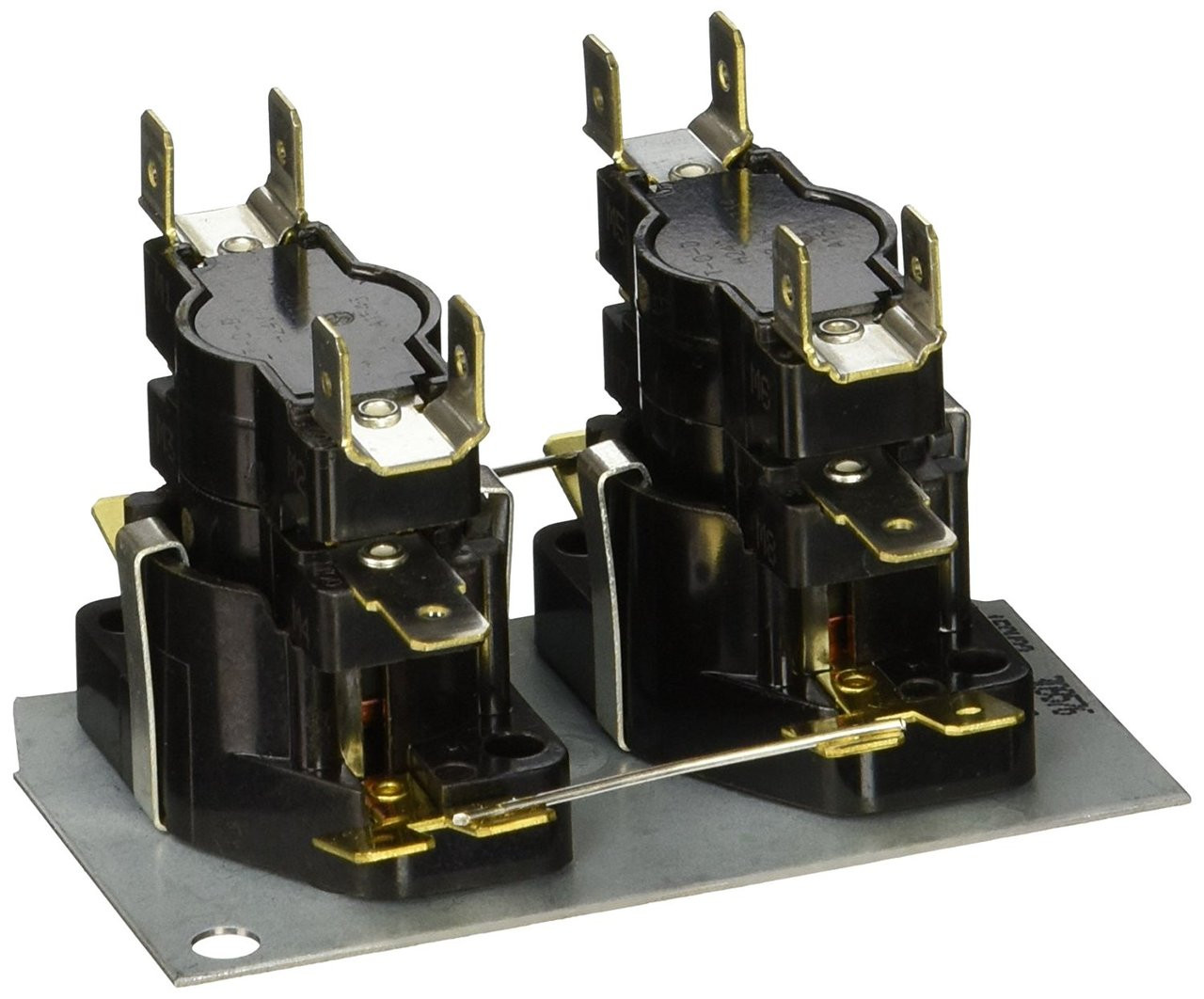


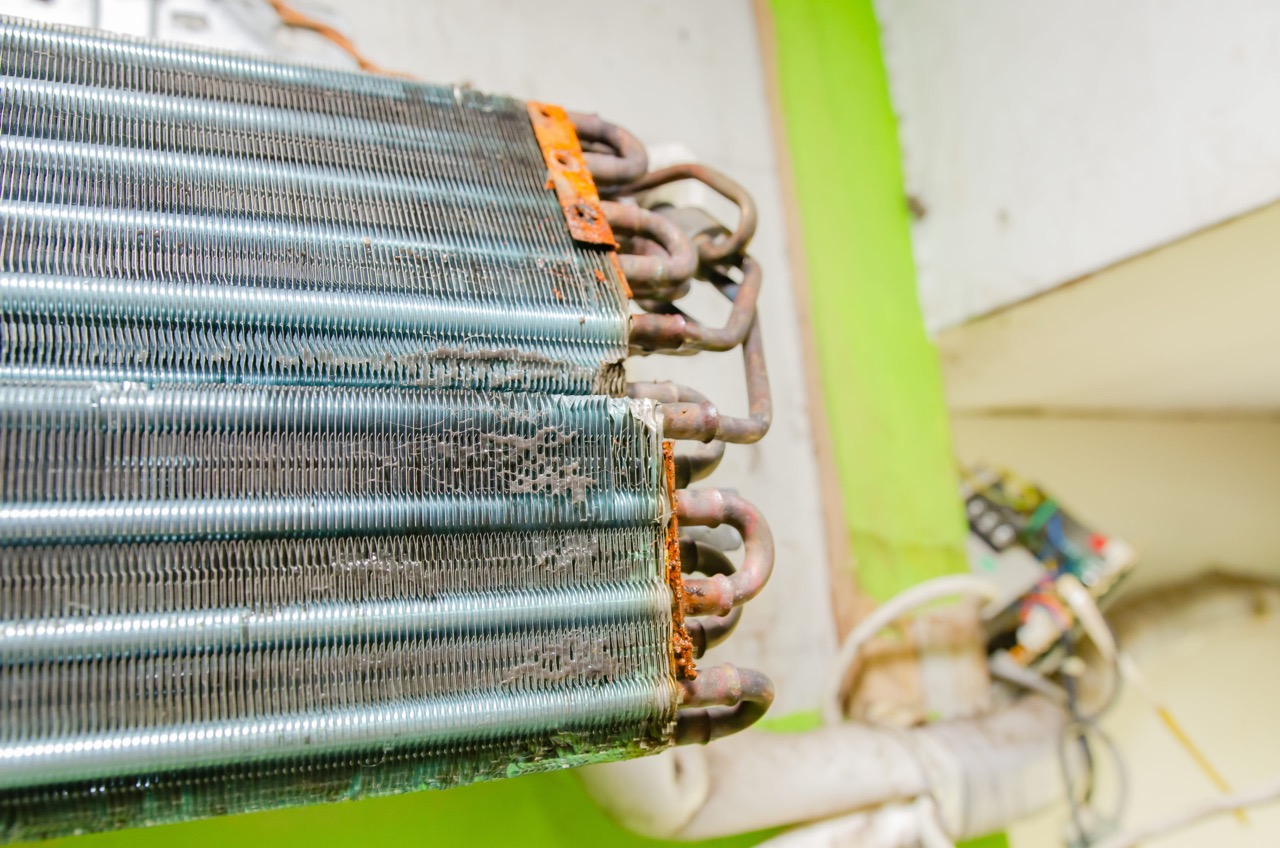
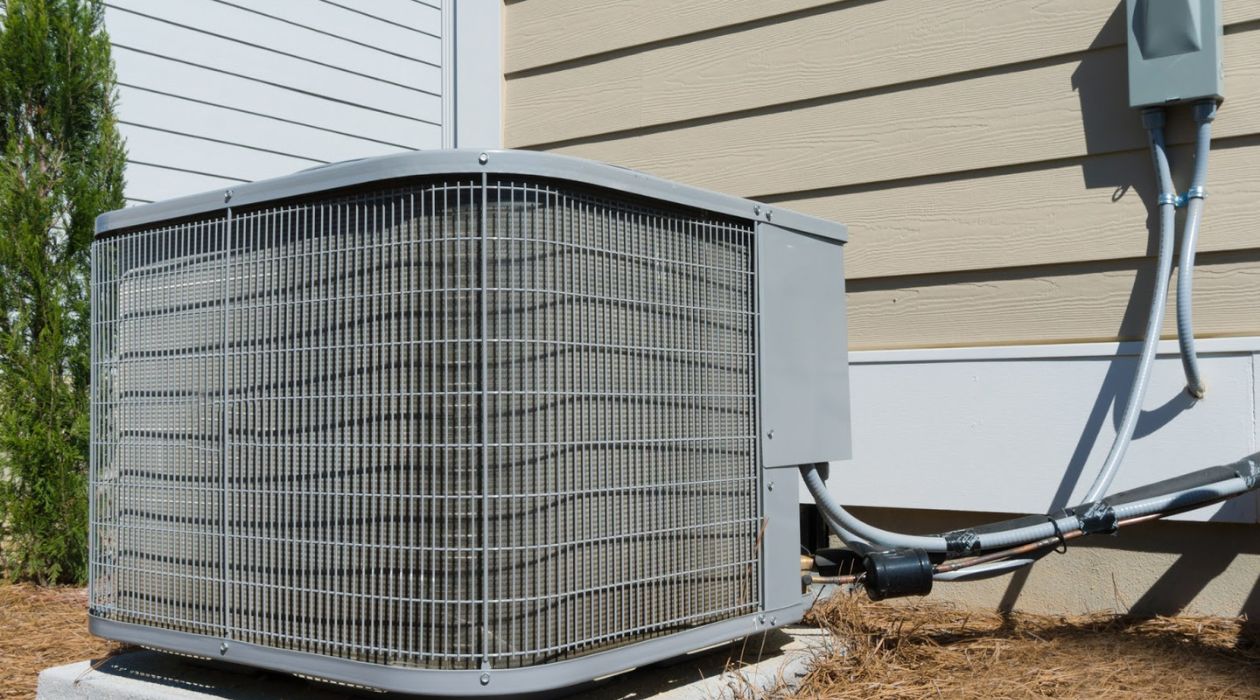
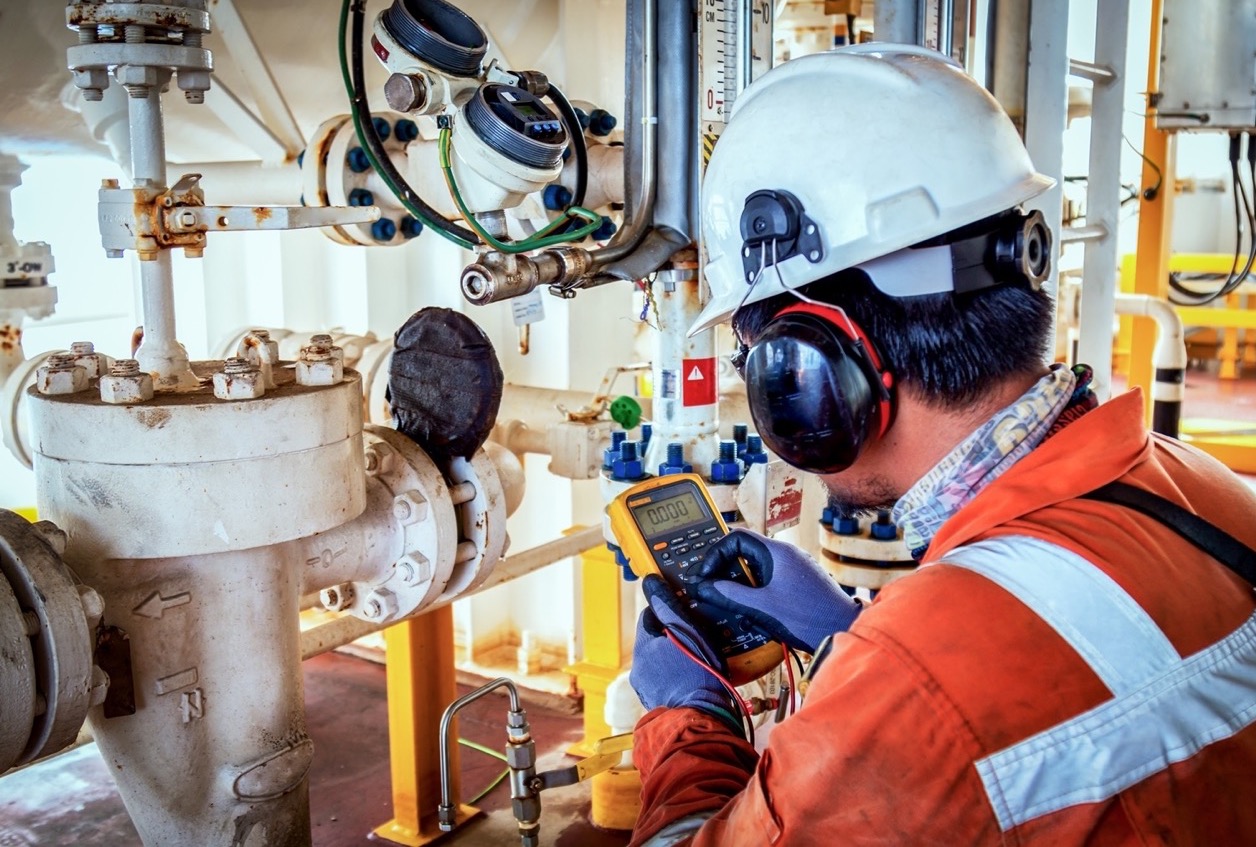
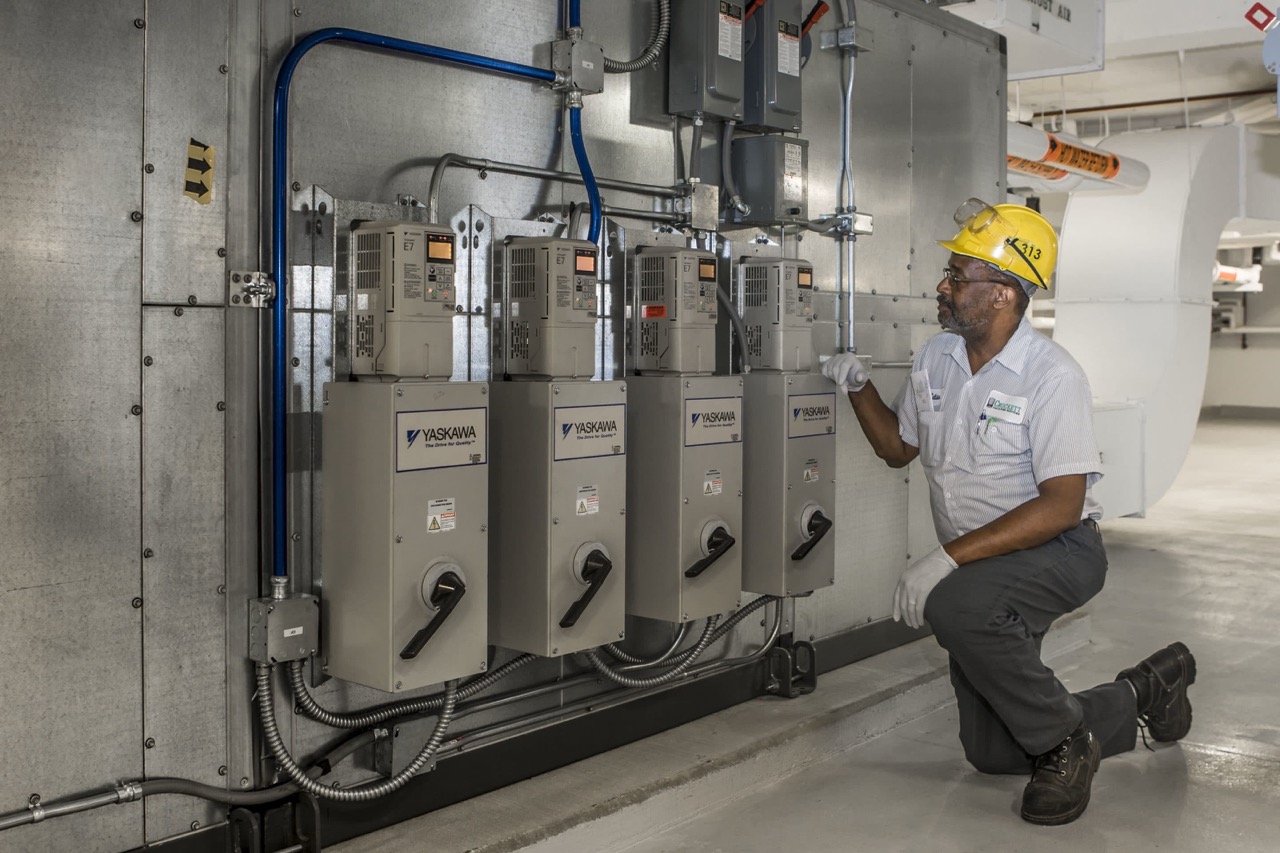
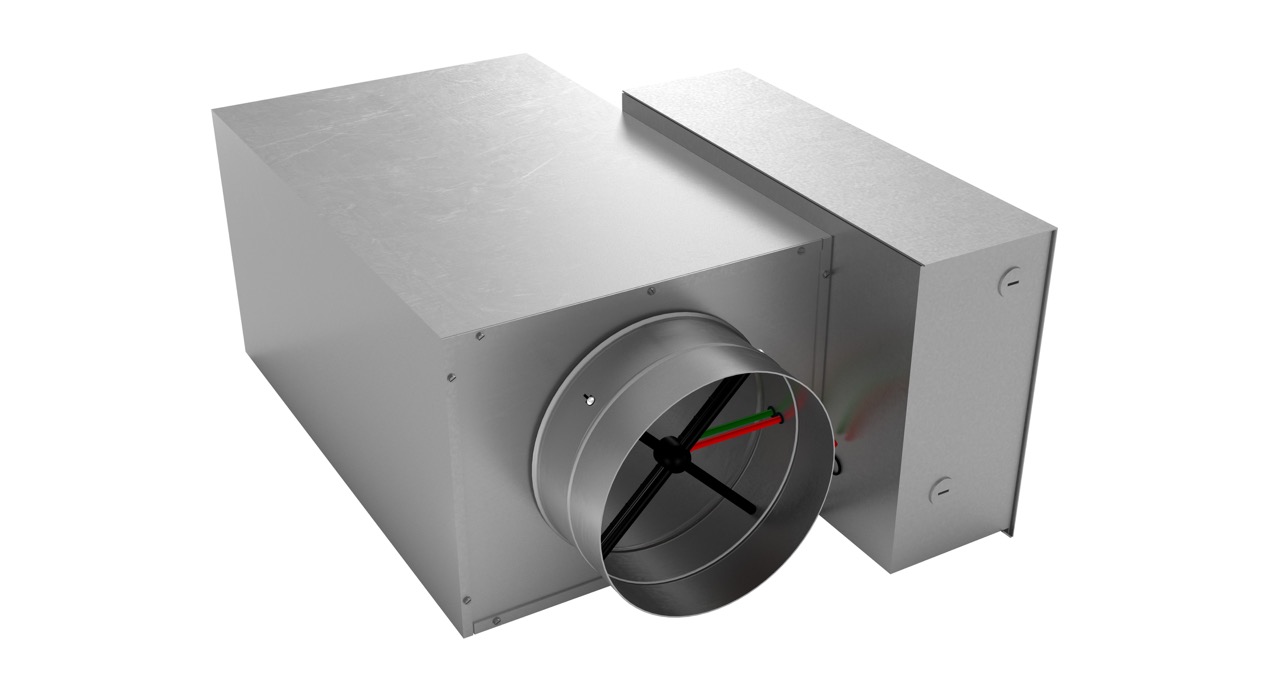
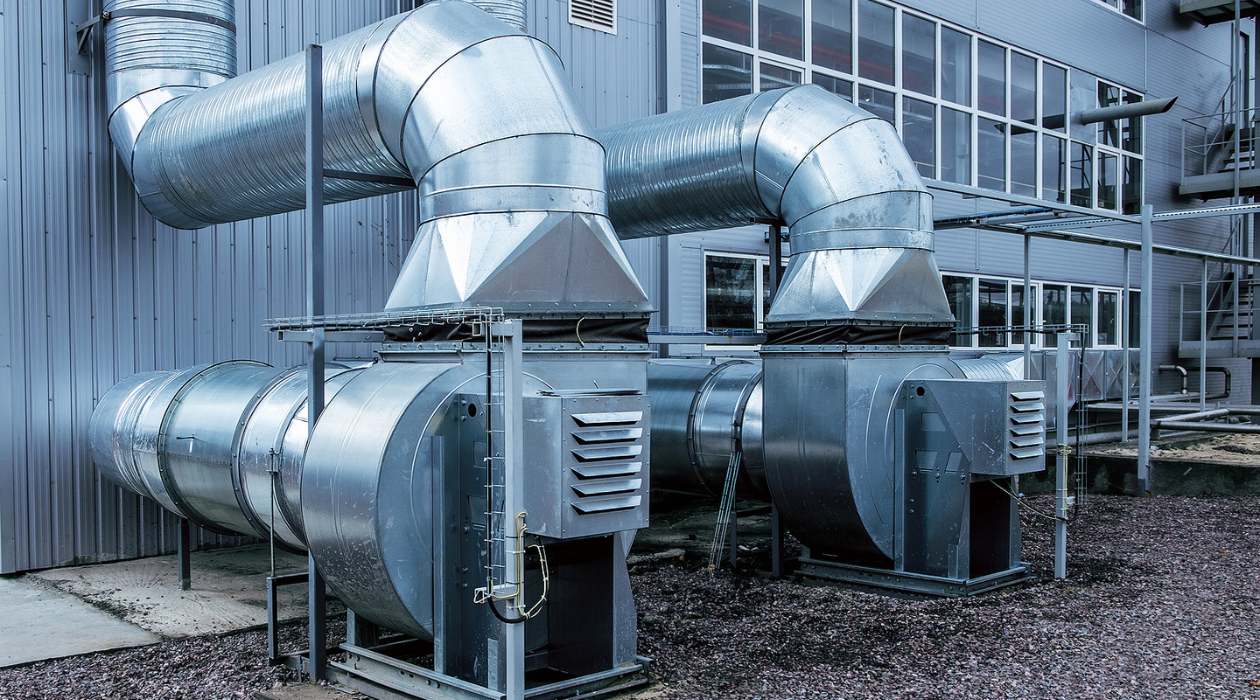
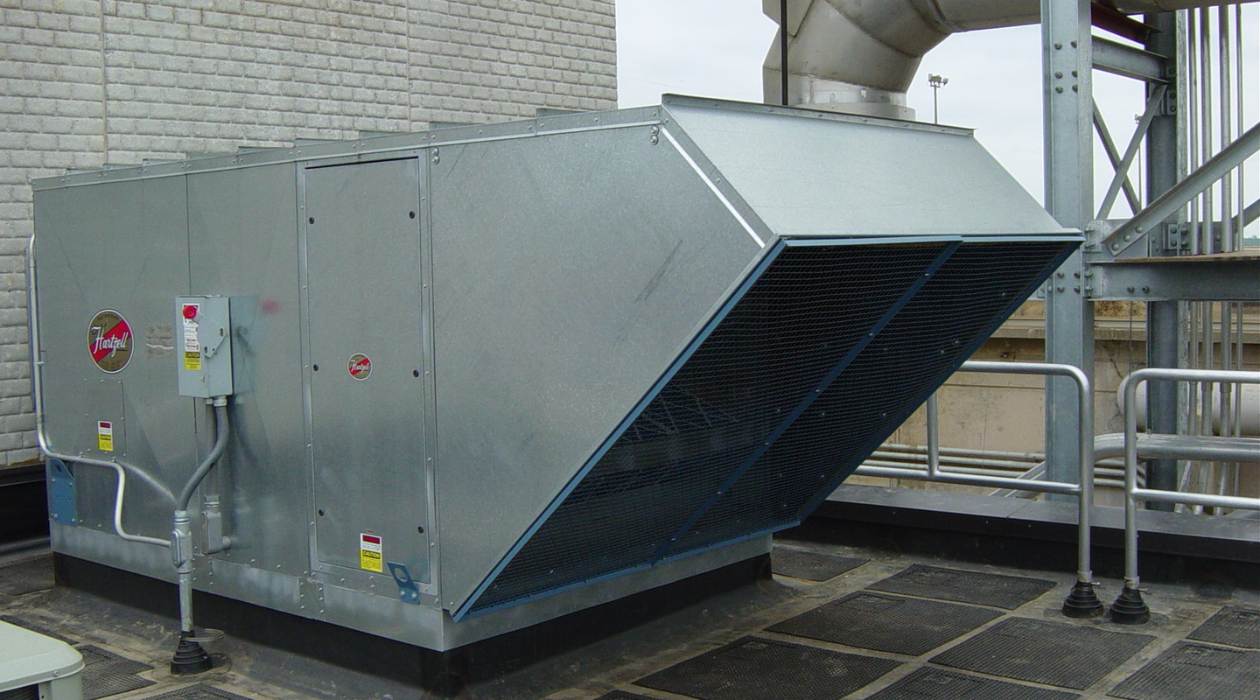
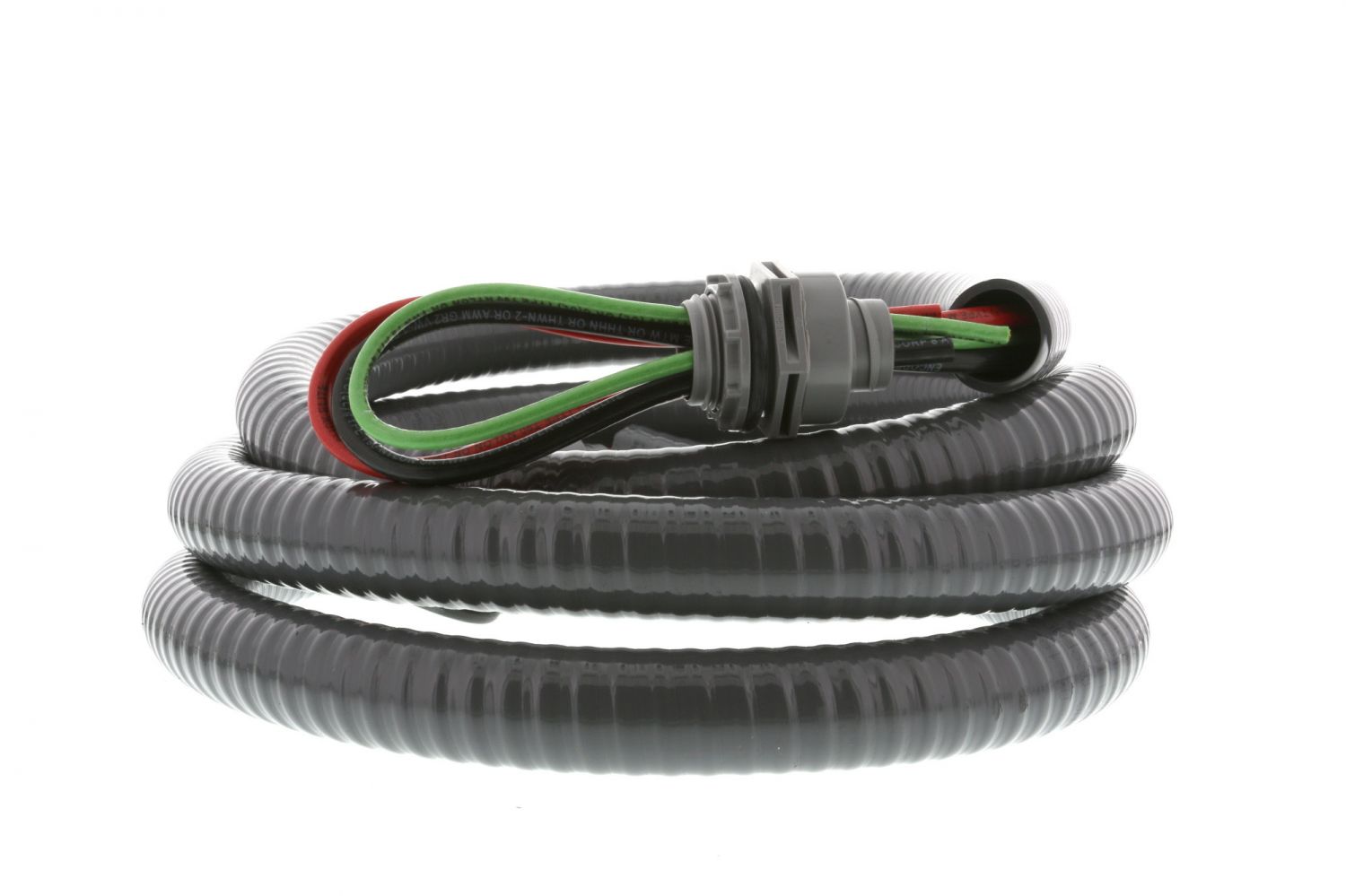
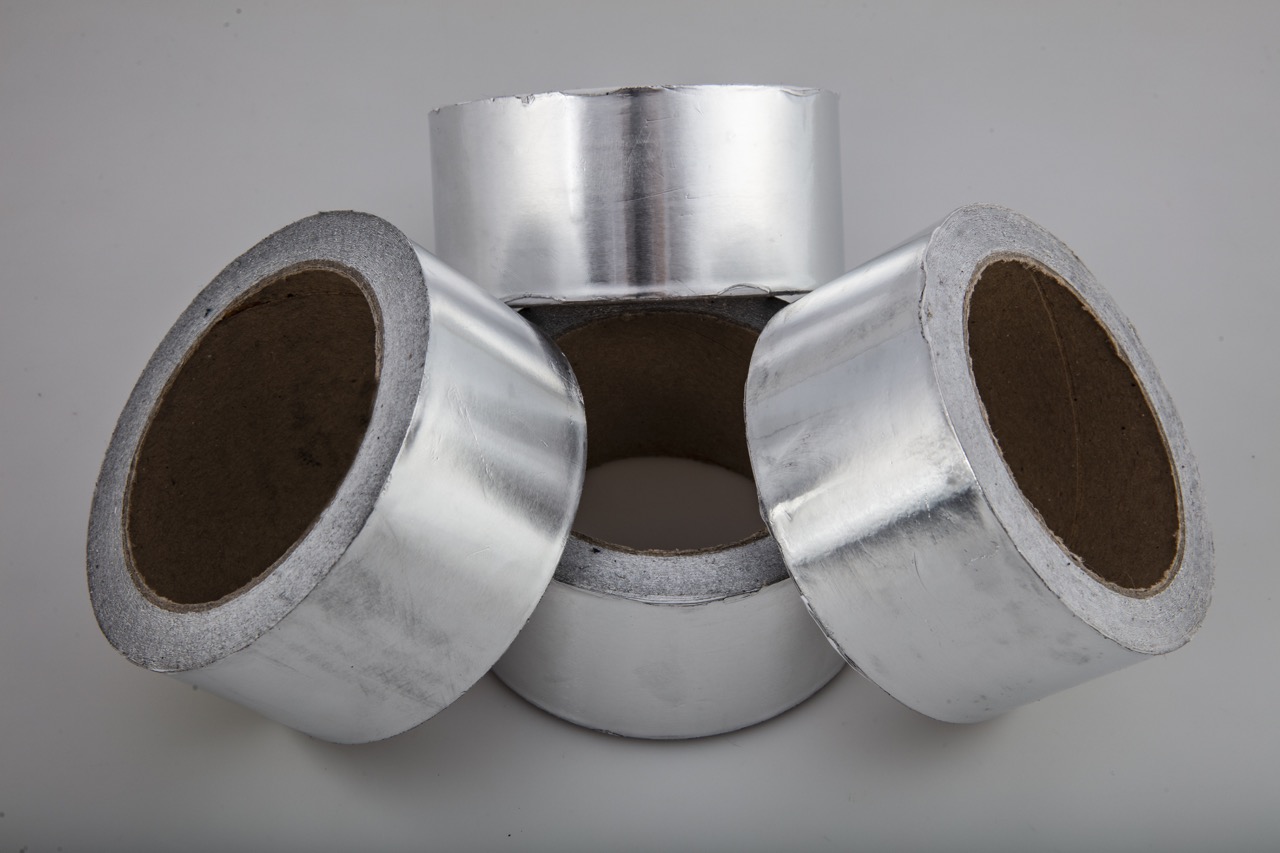
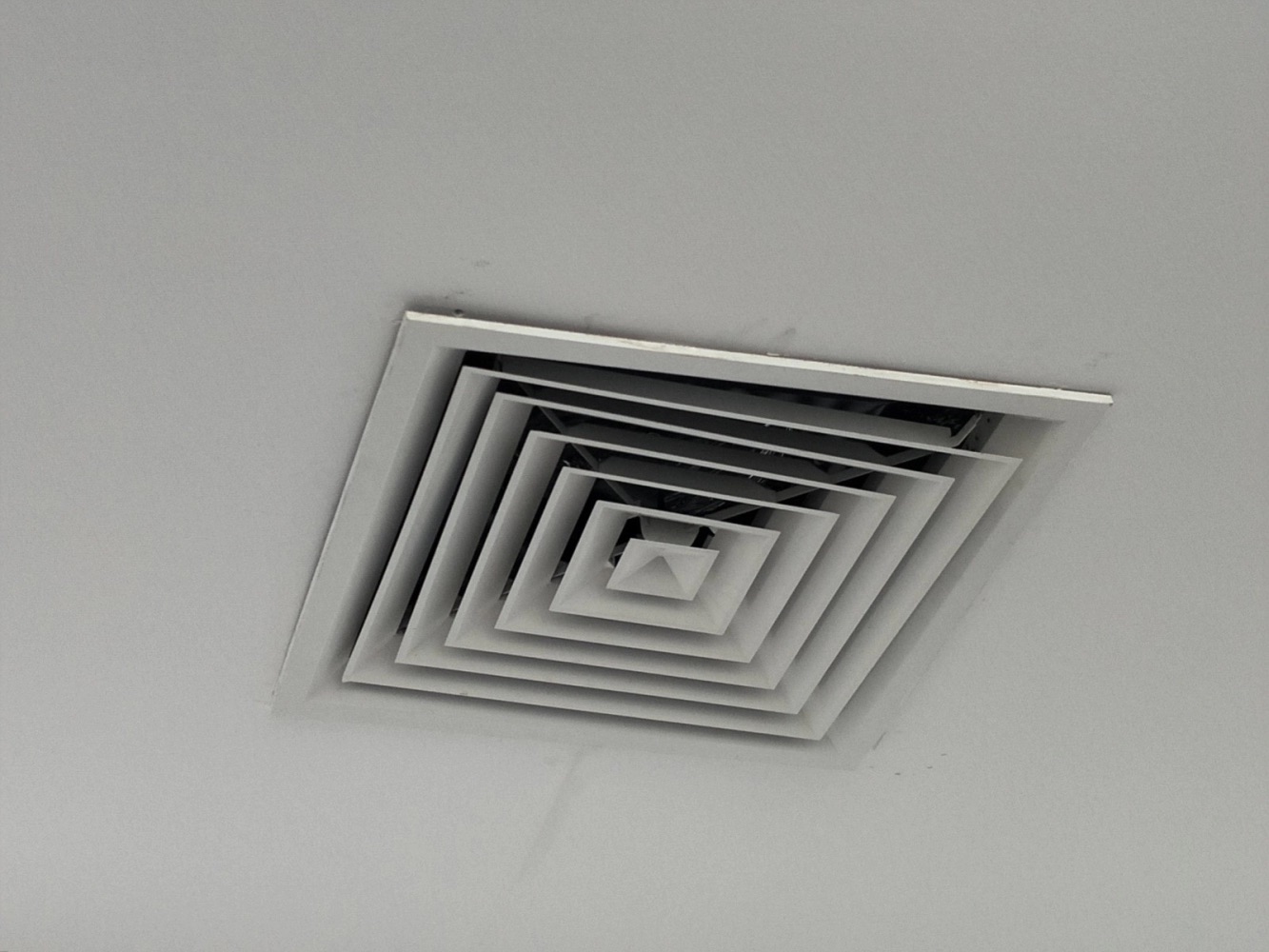
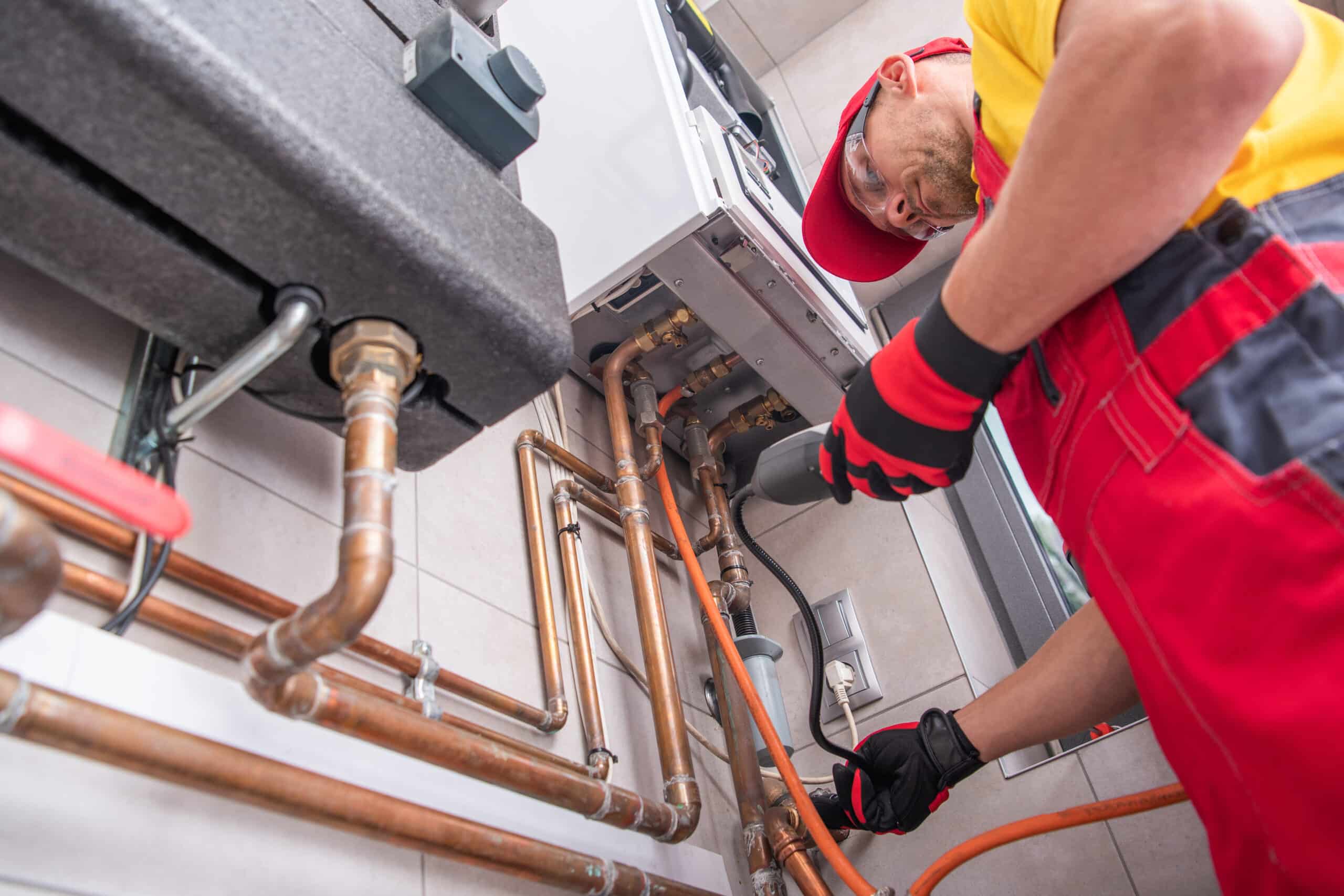

0 thoughts on “What Are Microns In HVAC”